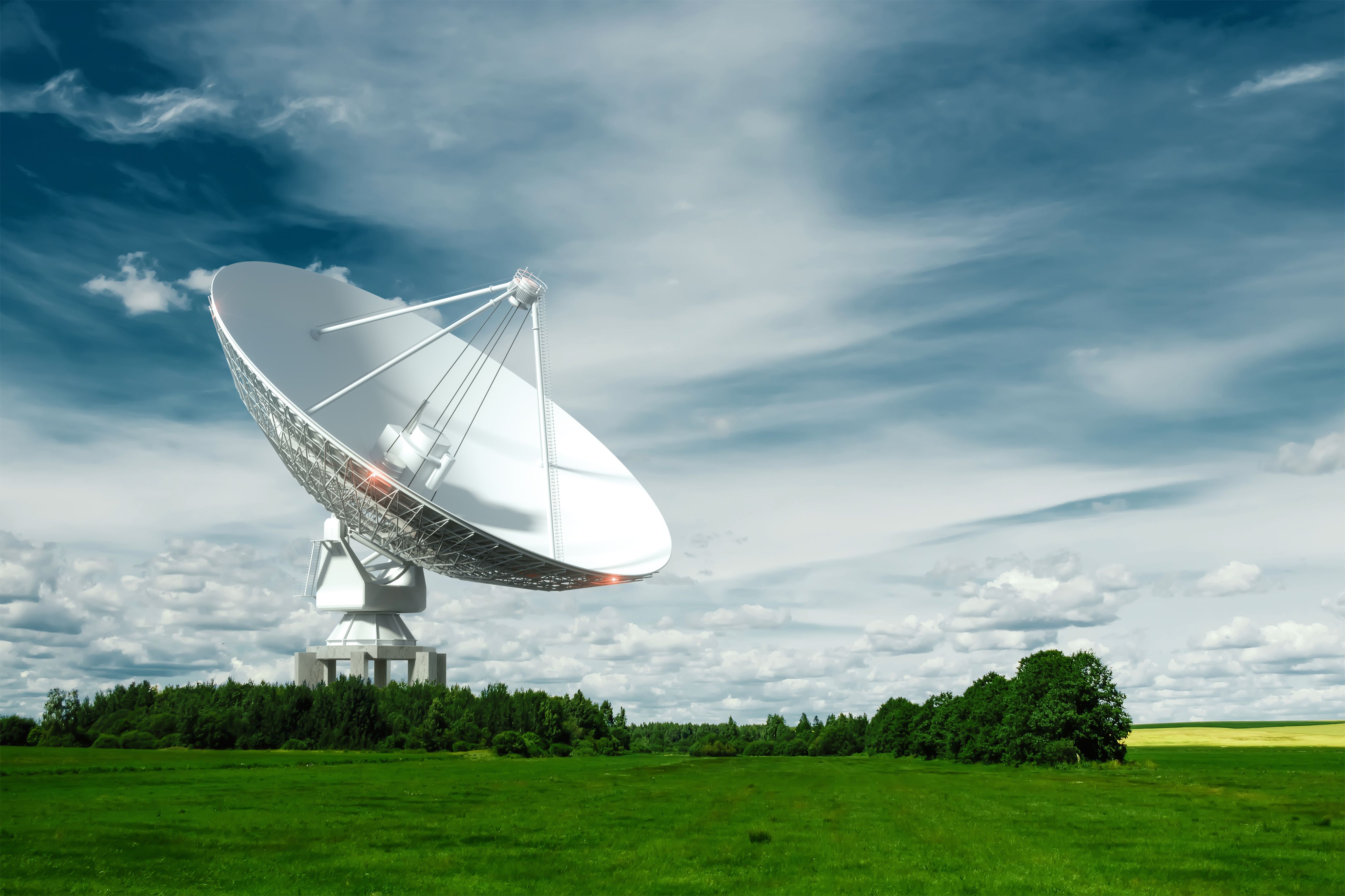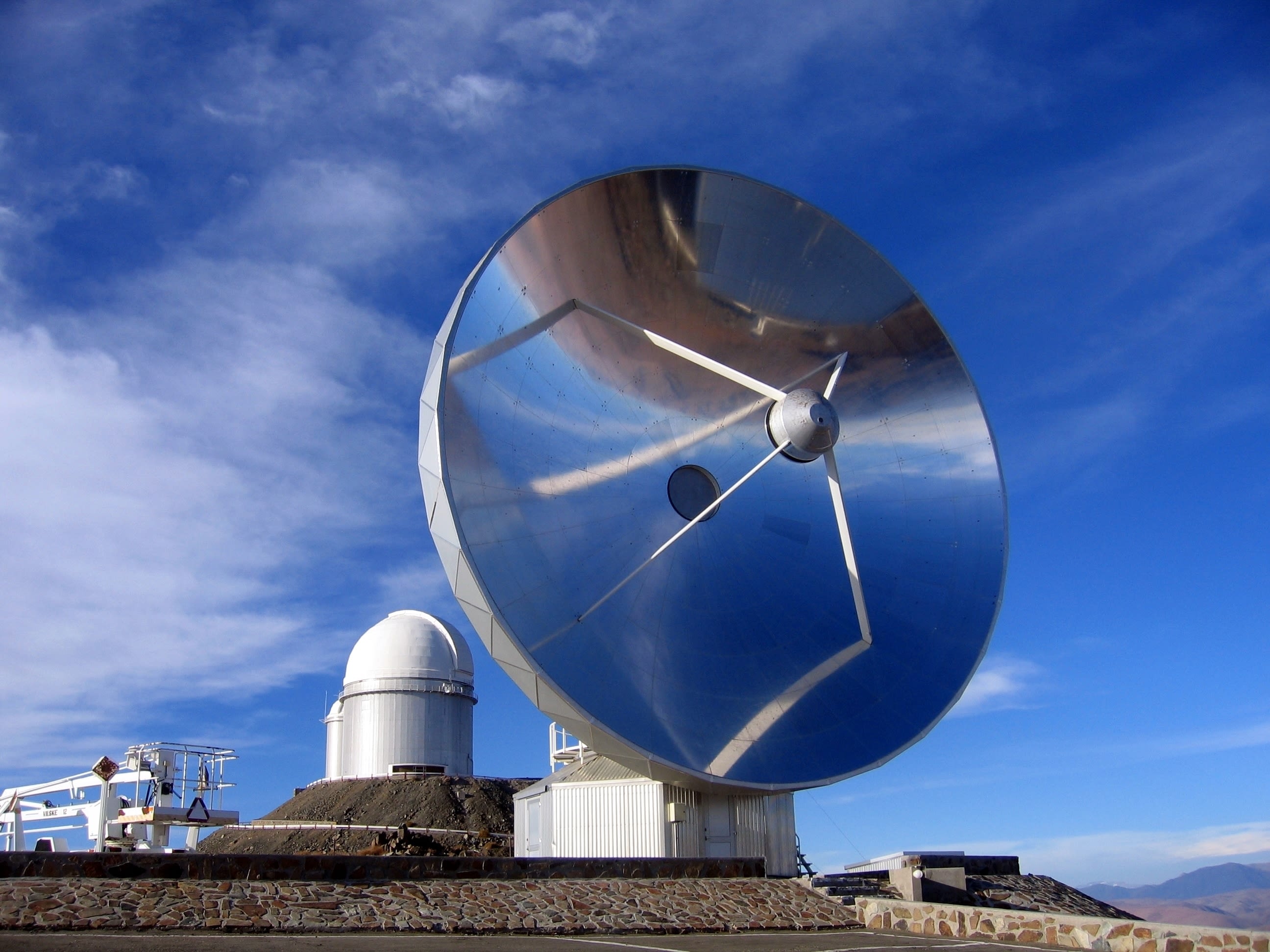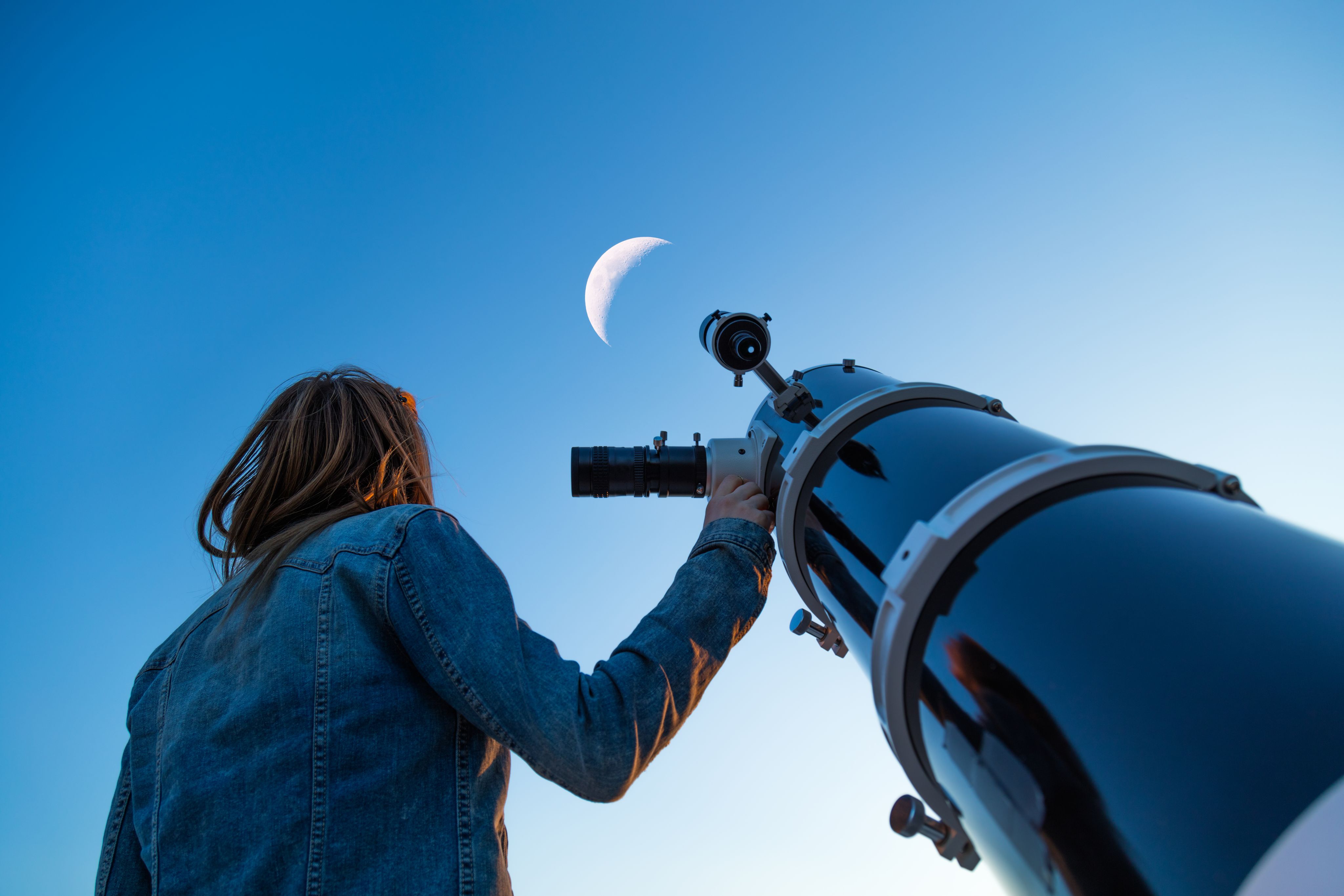Optical Variability in Ultra-Cool Dwarf Stars
A number of ultra-cool dwarfs (the dimmest red dwarf stars and brown dwarfs, which are essentially “failed” stars) have been unexpectedly detected as radio sources in the last decade.
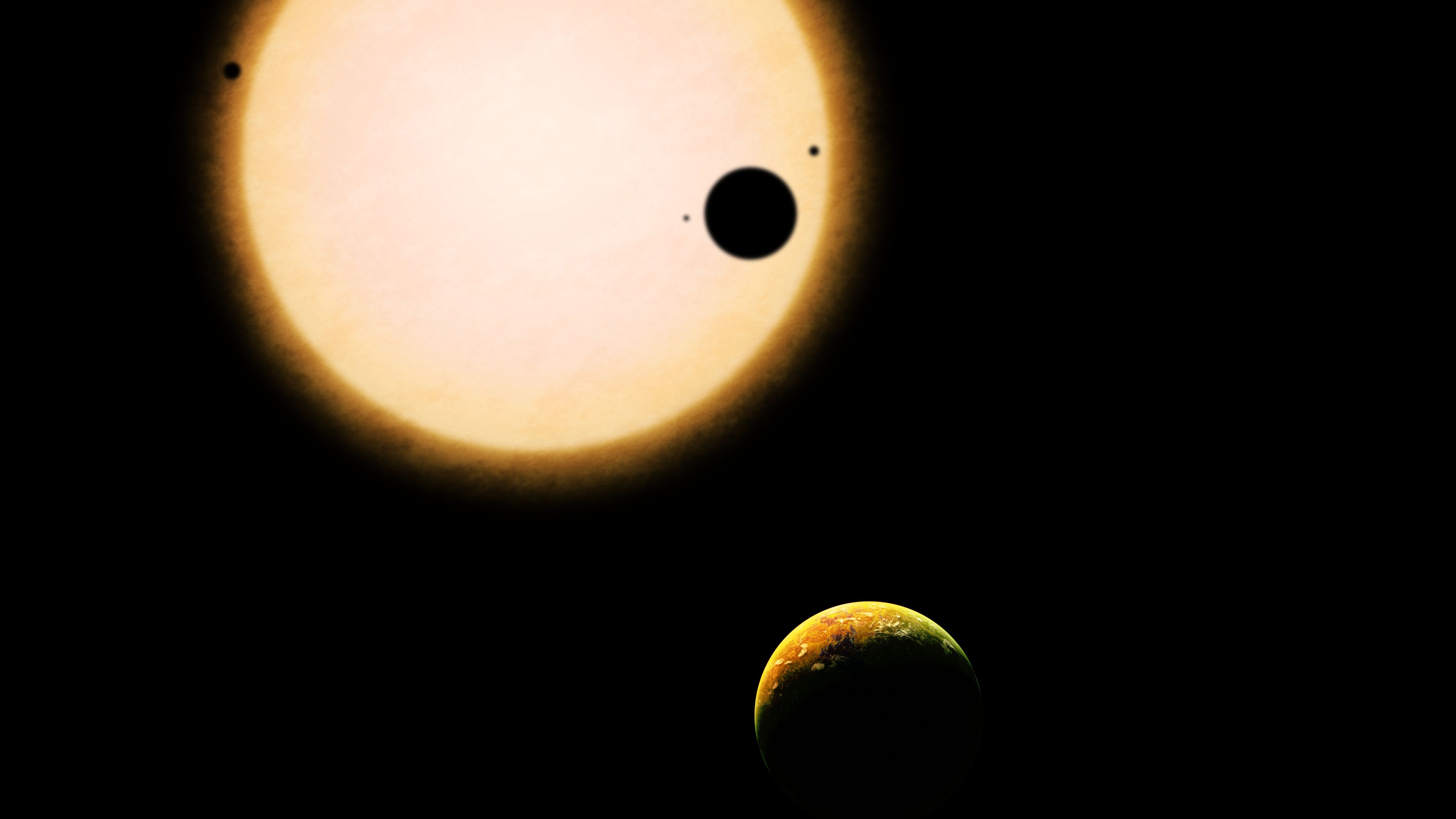
A number of ultra-cool dwarfs (the dimmest red dwarf stars and brown dwarfs, which are essentially “failed” stars) have been unexpectedly detected as radio sources in the last decade.
Four of them produce strong periodic radio pulses. Our collaboration has now shown that several of these pulsing dwarfs are also periodically variable in optical photometry and that the detected optical periods match the periods of the radio pulses, which have been associated with the short rotation periods of the dwarfs.
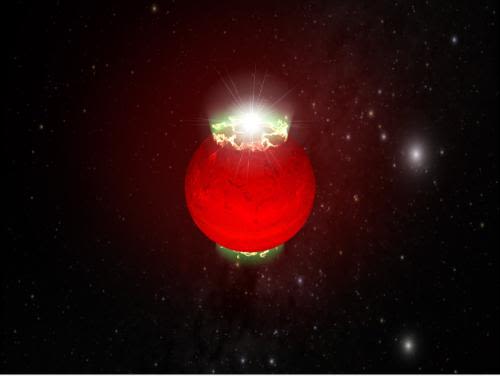
Our development and extended usage of the GUFI (Galway Ultra Fast Imager) photometric camera on the 1.8m VATT telescope (Mt. Graham, Arizona) was the largest enabling factor in this breakthrough.
For one dwarf, it was established that the optical and radio periodic variability are probably a consequence of magnetically-driven auroral processes. However, other causes (magnetic cool star-spots and atmospheric dust clouds) must also be considered.
The student will conduct observing campaigns with GUFI, and analyse the photometric time-series data (and re-analyse existing GUFI data) using newer "Optimum Aperture" & "Lucky Phot" techniques, in order to investigate the ubiquity, the stability (in both period and amplitude), and the cause(s) of the periodic optical variability in radio detected dwarfs.
